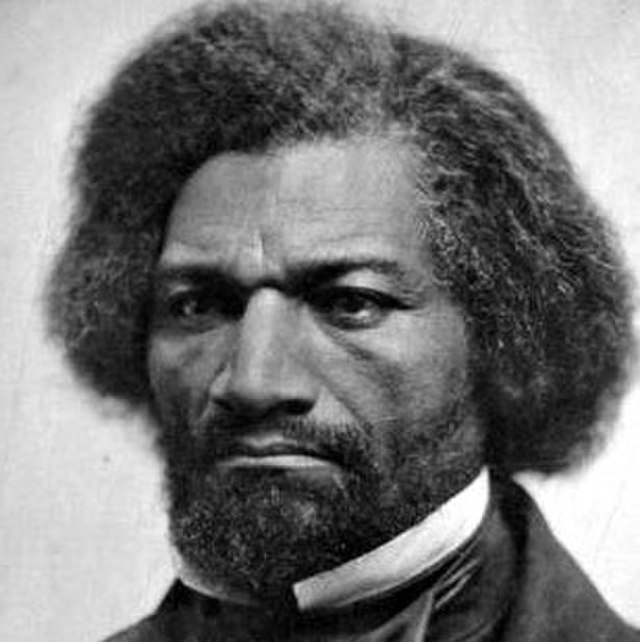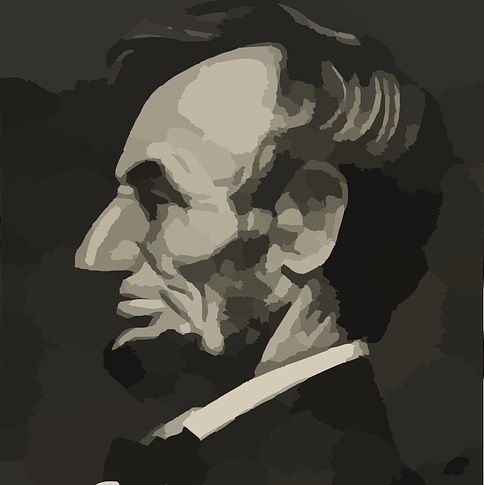
by Richard Subber | Oct 26, 2022 | American history, Book reviews, Books, History, Human Nature
he taught himself to read and write
Book review:
Narrative of the Life of Frederick Douglass:
An American Slave
by Frederick Douglass
Benjamin Quarles, ed.
Cambridge, MA: The Belknap Press of Harvard University Press, written 1845, copyright 1960
163 pp.
Narrative is a devastatingly calm account of the life of Frederick Douglass as a slave and then a free man.
It’s very hard to read, let alone imagine the reality of the whippings that Douglass describes. It’s horrifying to recognize that some human beings brutalized other human beings with a whip.
Douglass taught himself to read and write.
He informs us about history that we don’t want to know, but must accept as true.
* * * * * *
Book review. Copyright © Richard Carl Subber 2022 All rights reserved.
Poets talk about poetry
…a red hot bucket of love…
–
Above all: Poems of dawn and more with 73 free verse poems,
and the rest of my poetry books are for sale on Amazon (paperback and Kindle)
and free in Kindle Unlimited, search Amazon for “Richard Carl Subber”
* * * * * *

by Richard Subber | Oct 24, 2022 | My poetry, Poetry
…interruption of the night.
Aurora
A sharp spark of dawn intrudes on the dark,
it limns the sentry line of trees
that mutely guard the wetlands,
it draws the eye but has no style,
is not sun, and scarcely bright,
yet augurs interruption of the night.
May 2, 2020
Published in Sep-Oct 2022 issue of Creative Inspirations
My poem “Aurora” was published in my fifth collection of 53 poems, My first name was rain: A dreamery of poems. You can buy it on Amazon (paperback and Kindle), or get it free in Kindle Unlimited (search for “Richard Carl Subber”).
* * * * * *
My poetry. Copyright © Richard Carl Subber 2022 All rights reserved.
“…fragmentary blue…”
a hue for you, thanks, Bob
Robert Frost, old reliable
–
Writing Rainbows: Poems for Grown-Ups with 59 free verse and haiku poems,
and the rest of my poetry books are for sale on Amazon (paperback and Kindle)
and free in Kindle Unlimited, search Amazon for “Richard Carl Subber”
Your comments are welcome—tell me what you’re thinking.
* * * * * *

by Richard Subber | Oct 23, 2022 | Book reviews, Books, History, World history
those tricksters…
Book review:
The Man Who Never Was
by Ewen Montagu
Philadelphia, PA: J. B. Lippincott Company, 1954
This is the original first-hand account of “Operation Mincemeat,” the classic World War II intelligence caper that duped Hitler and his military commanders into believing that the Allies would not attack Sicily in July 1943. You know how it all turned out: the Allies captured Sicily after extended combat with about 23,000 Allied casualties and about 165,000 German and Italian casualties.
Montagu led a small group of ingenious British planners who managed to put false documents on a corpse (“the man who never was”) that drifted ashore in southern Spain and gave the Germans every good reason to think that the phony invasion plans were real.
The true identity of the fictitious “Major William Martin” is not revealed in this book, and later there was some dispute about it. Montagu himself wrote that the real man who served his country in death was Glyndwr Michael, a homeless man from Wales.
The Man Who Never Was is a simply written account that reports the meticulous planning and the insightful intelligence assessments of how the Germans would react to the false documents planted on the corpse.
Montagu frankly expresses, seemingly in typical British unemotional remarks, how wildly happy he and his crew were that Operation Mincemeat was a spectacular success. Lots of Allied veterans who fought on Sicily, and their families, can be thankful for that.
* * * * * *
Book Review. Copyright © Richard Carl Subber 2022 All rights reserved.
“Many waters cannot quench love.”
Love will rise to meet you…
(what you hear is poetry)
Book review: St. Ives
by Robert Louis Stevenson
–
Writing Rainbows: Poems for Grown-Ups with 59 free verse and haiku poems,
and the rest of my poetry books are for sale on Amazon (paperback and Kindle)
and free in Kindle Unlimited, search Amazon for “Richard Carl Subber”
* * * * * *

by Richard Subber | Oct 12, 2022 | Human Nature, Language, My poetry, Poetry
…the vanishing point…
Love has a name
She imagined bliss in the dark
on the cool sand.
He numbly spoke his part
in a lovers’ quarrel.
She offered him so many futures together,
paired, and shared.
She offered one exotic future
in her ruby world.
She heard the lovers’ music,
not knowing that he danced
to familiar rhythms
without hearing the tune
that chimed in her heart.
She offered him their futures,
but he ensnared that single one
that would make them one,
he could not release it
to her nurture and her joyful care,
he stole the ruby future and ran away.
He left a lonely rose
and a note with two words
that she could not accept,
and he rushed to the vanishing point
on his horizon.
She held his note, signed with his “G”…
she stared at her empty horizon,
with barely hot tears,
she shuddered in the first searing sadness,
knowing that she had never spoken his name.
Feb 26, 2021
Inspired by The Good Karma Hospital, a 2017 TV series that ran for three seasons. In the last episode, Dr. Ruby Walker learns that her love affair with Dr. Gabriel Varma isn’t a love affair, and is only another example of Dr. Varma’s pathetic inability to make a commitment.
* * * * * *
My poetry. Copyright © Richard Carl Subber 2022 All rights reserved.
American Character: A History of the Epic Struggle…
Colin Woodard makes it easier to understand…(book review)
–
As with another eye: Poems of exactitude with 55 free verse and haiku poems,
and the rest of my poetry books are for sale on Amazon (paperback and Kindle)
and free in Kindle Unlimited, search Amazon for “Richard Carl Subber”
Your comments are welcome—tell me what you’re thinking.
* * * * * *

by Richard Subber | Oct 5, 2022 | American history, Book reviews, Books, History, Politics
a casual look at Civil War history
Book review:
A History of the People of the United States
During Lincoln’s Administration
by John Bach McMaster
New York: D. Appleton and Company, 1927
693 pp.
This is an intriguing historical excursion into American history from the vantage point of 1927.
McMaster’s style is notably less than academic—his very casual quotation style is a distraction.
Basically, he offers a sometimes superficial political perspective on the origins, conduct, and denouement of the American Civil War.
A well-informed reader can skim A History without undue loss.
* * * * * *
Book review. Copyright © Richard Carl Subber 2022 All rights reserved.
Old Friends (book review)
Tracy Kidder tells truth about old age…
–
As with another eye: Poems of exactitude with 55 free verse and haiku poems,
and the rest of my poetry books are for sale on Amazon (paperback and Kindle)
and free in Kindle Unlimited, search Amazon for “Richard Carl Subber”
* * * * * *




